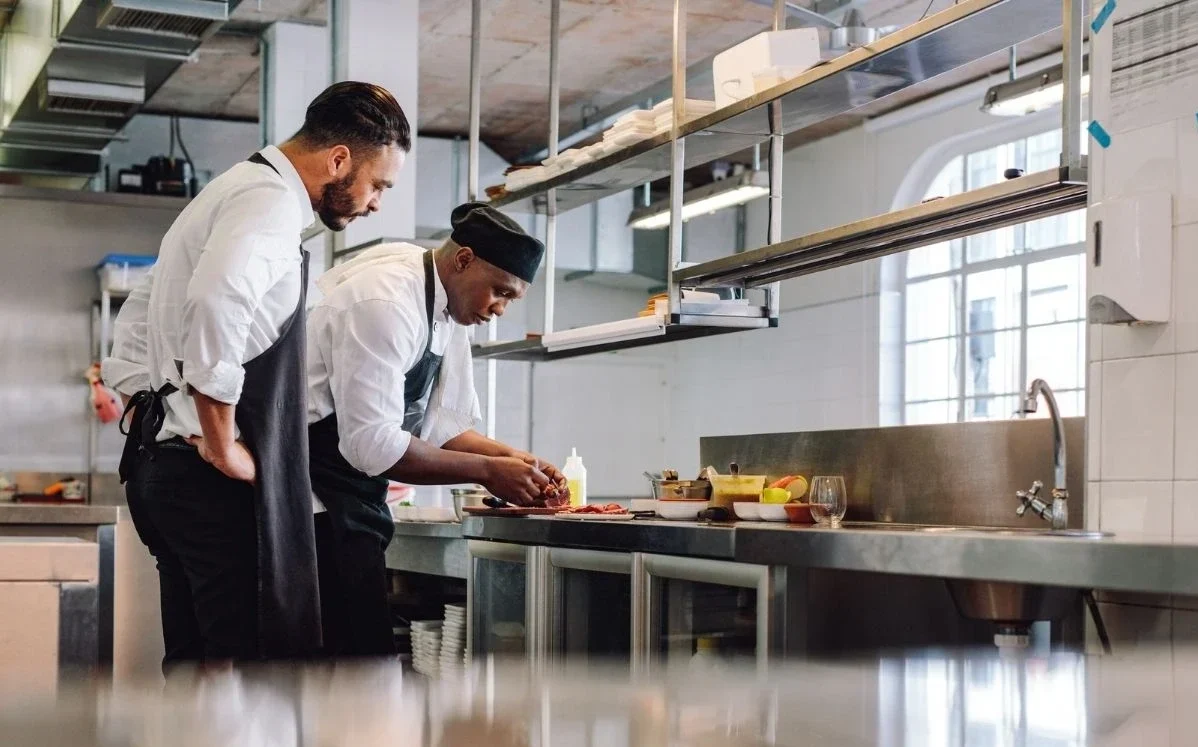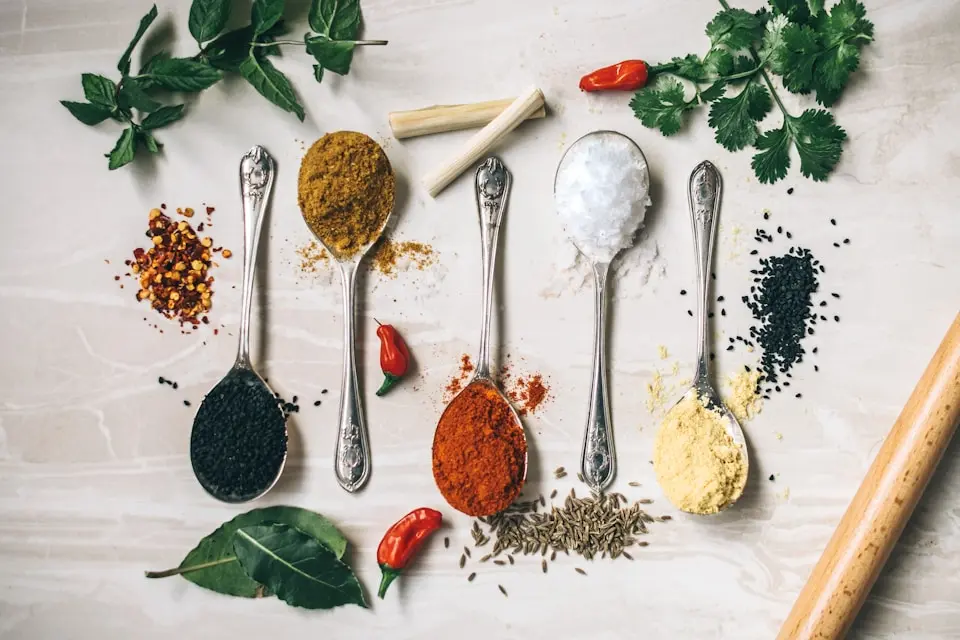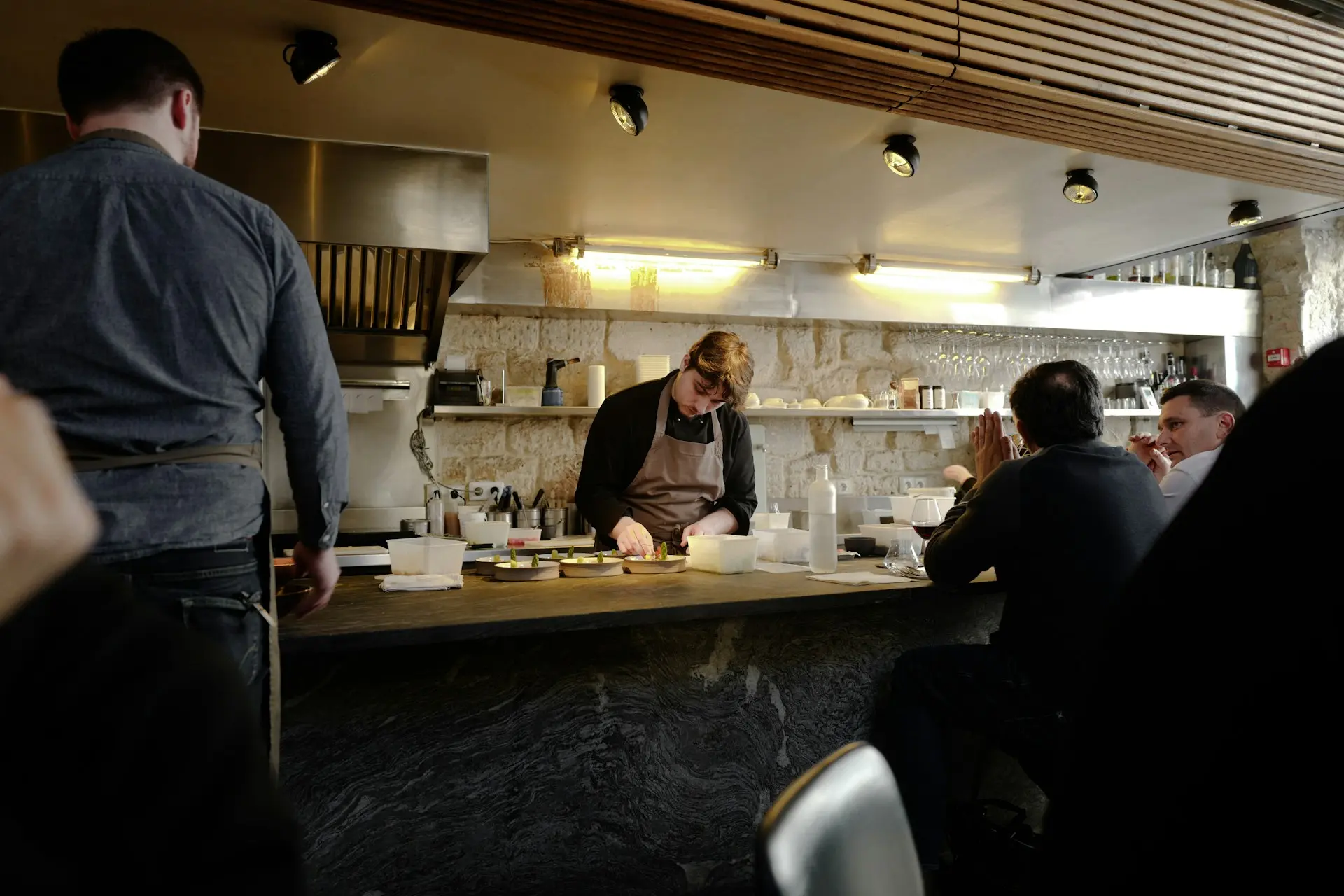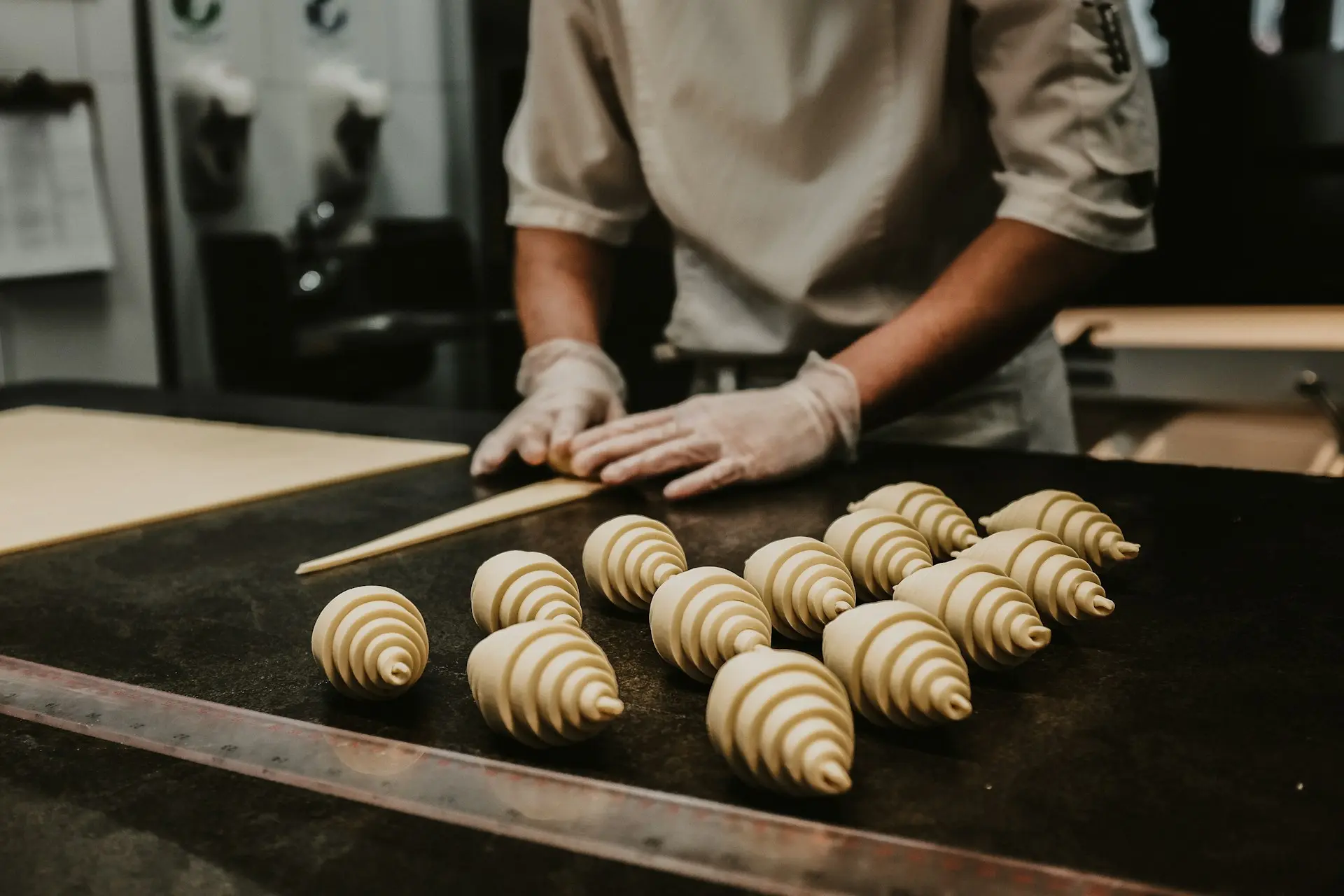

Spanish spices are an essential part of the Mediterranean diet and have accompanied our cuisine for centuries. From traditional stews to contemporary cooking proposals, these seasonings add aroma, color, and distinctive flavor to every recipe. Some are native to Spain, while others arrived through trade and history, but all are part of our culinary identity.
Spanish-origin spices are those that are commonly grown and consumed in our country. Although there are widely used imported seasonings like pepper or cloves, native Mediterranean herbs and spices such as rosemary, thyme, bay leaf, and saffron stand out.
Native spices, like La Mancha saffron, have designations of origin that guarantee their quality. On the other hand, imported spices such as cinnamon or nutmeg have become part of both sweet and savory dishes, integrating into Spanish tradition.
Rosemary, basil, parsley, and oregano are essential aromatic herbs in meat, fish, and sauce dishes. These herbs are used both fresh and dried, depending on the recipe.
Spanish cuisine is characterized by the balanced use of spices that enhance the natural flavors of ingredients.
Traditional dishes like cocido madrileño or fabada asturiana are seasoned with bay leaf, paprika, and garlic, which add intensity and character.
Saffron is undoubtedly the star spice in paella and other rice dishes, providing its golden color and unmistakable aroma. In some cases, it is complemented with sweet paprika to balance the flavor.
From paprika in patatas bravas to cumin in Andalusian stews, spices play a key role in Spanish tapas. Garlic, whether fresh or powdered, remains one of the most popular seasonings.
In supermarkets and specialty stores, paprika, oregano, saffron, and bay leaf are among the most purchased spices. These are used not only at home but also in the restaurant industry.
At home, spice use tends to focus on everyday dishes like soups, stews, or roasted meats. In restaurants, however, a wider variety is explored, incorporating less common spices to innovate and fuse flavors.
Modern gastronomy has taken a step forward in experimenting with spices. More and more chefs are opting for creative combinations and techniques learned in culinary diplomas, allowing them to reinterpret tradition.
Spanish spices are not just a culinary resource but also a cultural element. Throughout history, they have been present in celebrations, daily cooking, and Mediterranean trade. Today, they form a bridge between tradition and innovation, allowing us to enjoy lifelong recipes and, at the same time, contemporary creations that preserve the essence of our gastronomic culture.



Formaciones TOP
Categorías
Artículos más leídos
